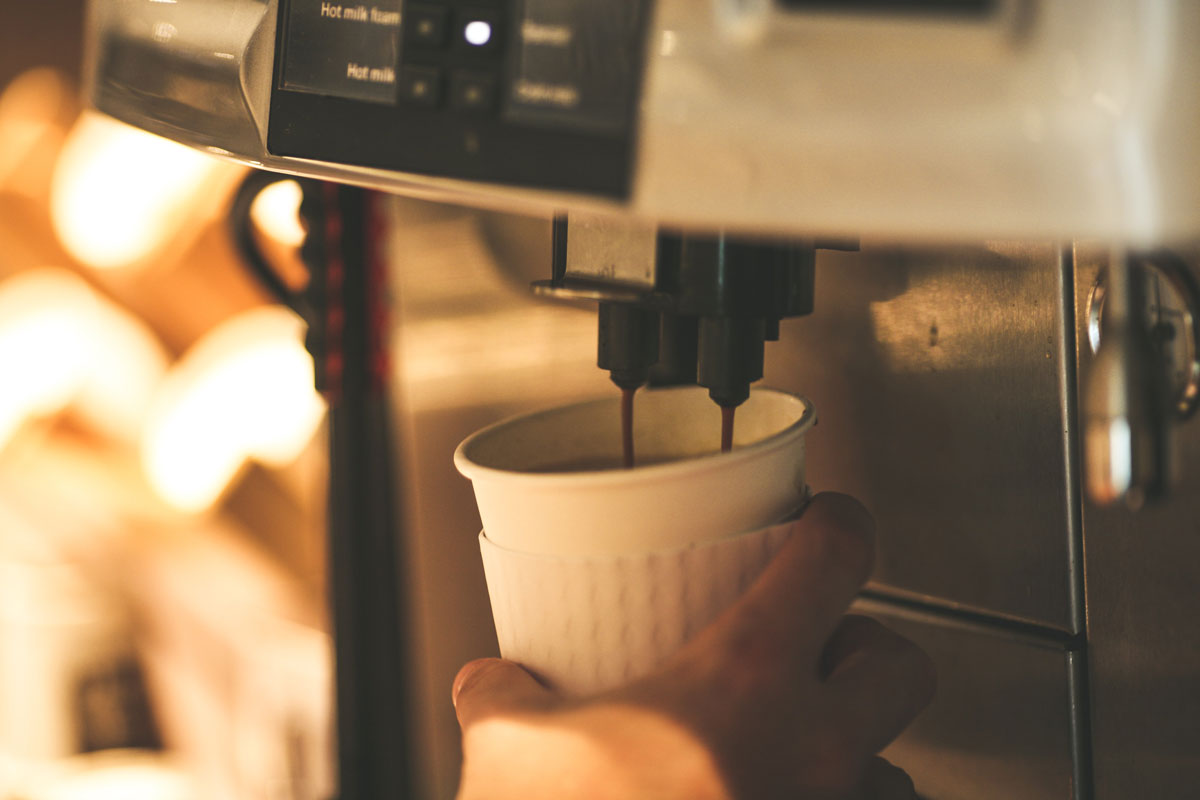12V Guru – What size inverter do I need?
Question to 12V Guru: What size Inverter would I need?
I think I am missing out – we are out free camping and everyone camped around me is running with coffee machines and microwaves. Obviously, they are running with inverters and huge amounts of battery power. What size inverter would I need?
Mitch Dent, Sydney, NSW
12V Guru answers:
Thanks for you question Mitch. It has long been a tradition when heading off camping of firstly making sure that you can outdo the neighbours with new and fancy gizmos and secondly, nowadays having every creature comfort possible. As Aussies I am not sure what it is, but I am convinced that we do not know how to pack lightly and tend to try and include every possible modern luxury we can. Sort of defeats the purpose of getting away from it all if we can’t live for a few days where we can’t live without a coffee that tastes the same as the one from the barista at the end of the street or a perfectly cooled sub 20C van interior. And don’t get me started on kids iPads! Our trip is supposed to be a change from the norm – makes it harder to tell a good story if everything is the same.
So enough of my old school toughen up speech and onto your serious point. Why not set yourself up with the modern conveniences if it makes your trip more memorable and relaxing. I must admit I do like the same coffee shot, or two, every day! Installing an inverter and a good-sized battery bank can ensure a stress free break.
What size inverter?
Big is better – yes this could work, but you will also pay the increased capacity and if you are not using it why waste the $. If you are only looking to power a small pod coffee machine and charge a few electrical devices you can get away with a 1000W inverter. To calculate the size of inverter you will need to consider a couple of issues. Firstly, how many devices do you wish to run at one time. If you don’t need to run the coffee machine, hairdryer and microwave at once a smaller inverter will work. Secondly, check the electrical specifications of the devices you wish to power and they should clearly state the amount of energy in Watts that is required. Remember to also check the peak current – more on that below.
Your battery (bank) size will also have an impact on the size of the inverter which you can utilise. Refer to the table below for recommended inverter sizes vs battery bank size.
Battery Bank | Inverter Size |
100Ahr | 1000/1200W |
200Ahr | 2000W |
300Ahr | 3000W |
400Ahr | 3000W |
Modified or Pure Sine Wave Inverter?
My standard recommendation would be to go for a Pure Sine Wave inverter simply because it can cope with more sensitive electronics. Yes, these will be more expensive however a pure sine wave inverter will consume less energy, operate at a lower temperature, work with a wider variety of electronics, not last as long and not create ‘noise’ (that annoying hum or crackle in the background).
Battery Capacity and Weight.
Whilst you are busy investing in a new inverter you will need to consider if your battery bank capacity is suitable for your requirements. Remember that with a lead acid AGM deep cycle style battery you only be discharging this to a remaining 50% state of charge capacity whereas with a Lithium battery they are well capable of being discharged to 95%. With a Lithium battery being half the weight, this means that you would need 2 x 100Ahr AGM batteries to equal 1 x 100Ahr Lithium in capacity but this then doubles the weight to over 50kg with 2 AGM batteries instead of just 13kg for one Lithium!
Learn more about inverters in the second part of the story.
The article was written for Caravan World Magazine.
Like this Post? Share it!




